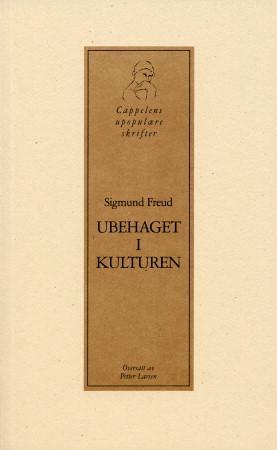
The Spatial Scale of Crime av John R. Hipp
469,-
<P>Combining insights from two distinct research traditions-the communities and crime tradition that focuses on why some neighborhoods have more crime than others, and the burgeoning crime and place literature that focuses on crime in micro-geographic units-this book explores the spatial scale of crime. Criminologist John Hipp articulates a new theoretical perspective that provides an individual- and household-level theory to underpin existing ecological models of neighborhoods and crime. A focus is maintained on the agents of change within neighborhoods and communities, and how households nested in neighborhoods might come to perceive problems in the neighborhood and then have a choice of exit, voice, loyalty, or neglect (EVLN).</P><P>A characteristic of many crime incidents is that they happen at a particular spatial location and a point in time. These two simple insights suggest the need for both a spatial and a longitudinal perspective in studying crime events. The spatial question








